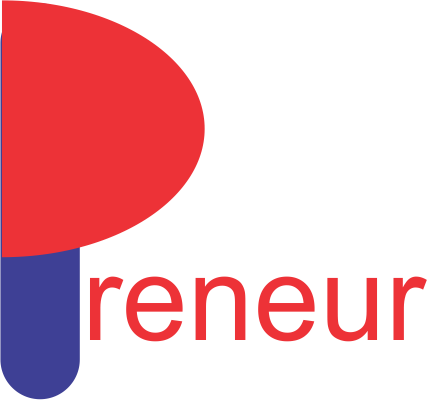2,938 reads
NFTs And the COSMOS Ecosystem: An Overview
by
December 25th, 2021
Audio Presented by

We show individuals how to earn more with exposing various tech opportunities.
About Author
We show individuals how to earn more with exposing various tech opportunities.